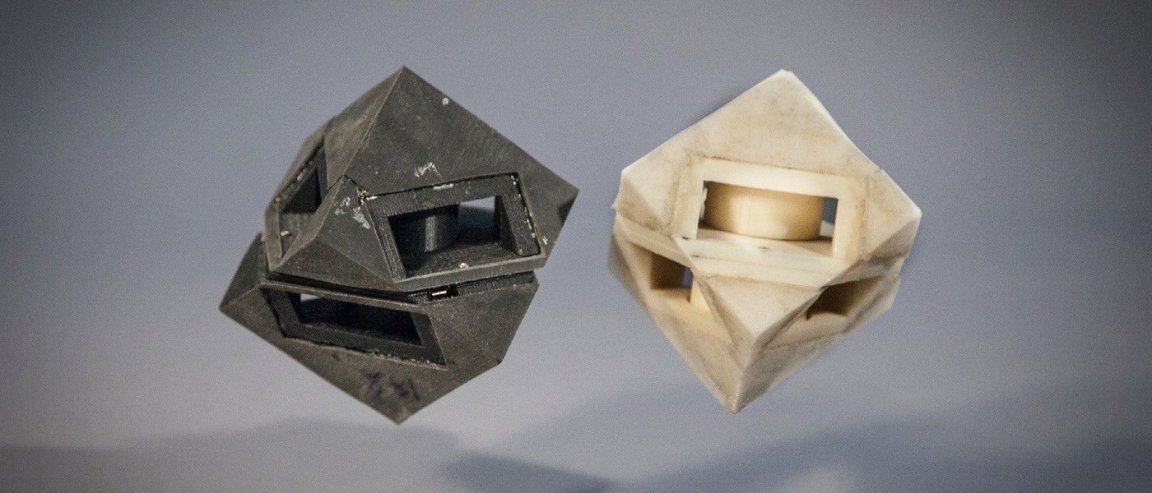
MIT’s Computer Science and Artificial Intelligence Laboratory (CSAIL) is putting together the 3D printing and materials technology. The development of a new method for making soft materials with user-specified properties could soon be used to improve the durability of many materials.
The researchers call it a printable “programmable viscoelastic material” and the technique allows the user to adjust every part of a 3D printed material to the exact level of stiffness and elasticity they want, depending on the intended use.
The customization of the material’s properties is achieved by using a combination of materials, solid, liquid and viscoelastic. The process deposits droplets of alternating materials depending on how rigid or elastic its application will require. The non-liquids are then hardened using UV light.
They’ve already tried it out on jumping cube robots that, if made out of conventional materials, could be expected to quickly crack and wear with the repeated impact. Maybe we can look forward to seeing the materials applied to larger robots. Perhaps Boston Dynamics would like to see about outfitting their abused bots with the new material.

Elastic, soft materials that could dampen the impact of brittle objects are widely available, but the researchers’ development give materials like this a range of flexibility with customization.
This new technology could help extend the lifespan of many objects, including drones, phones, shoes, helmets, and more.